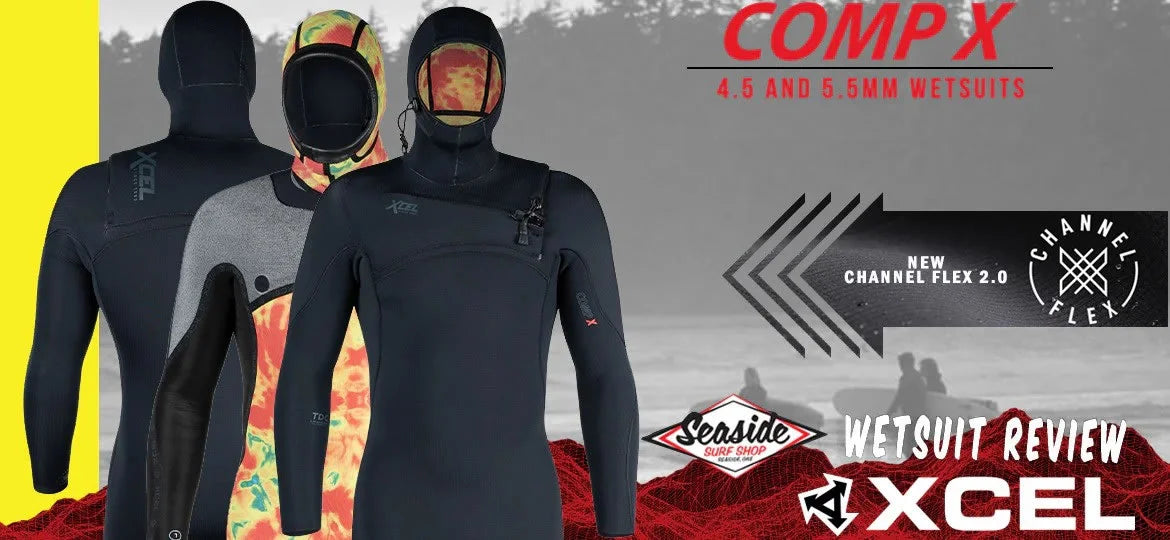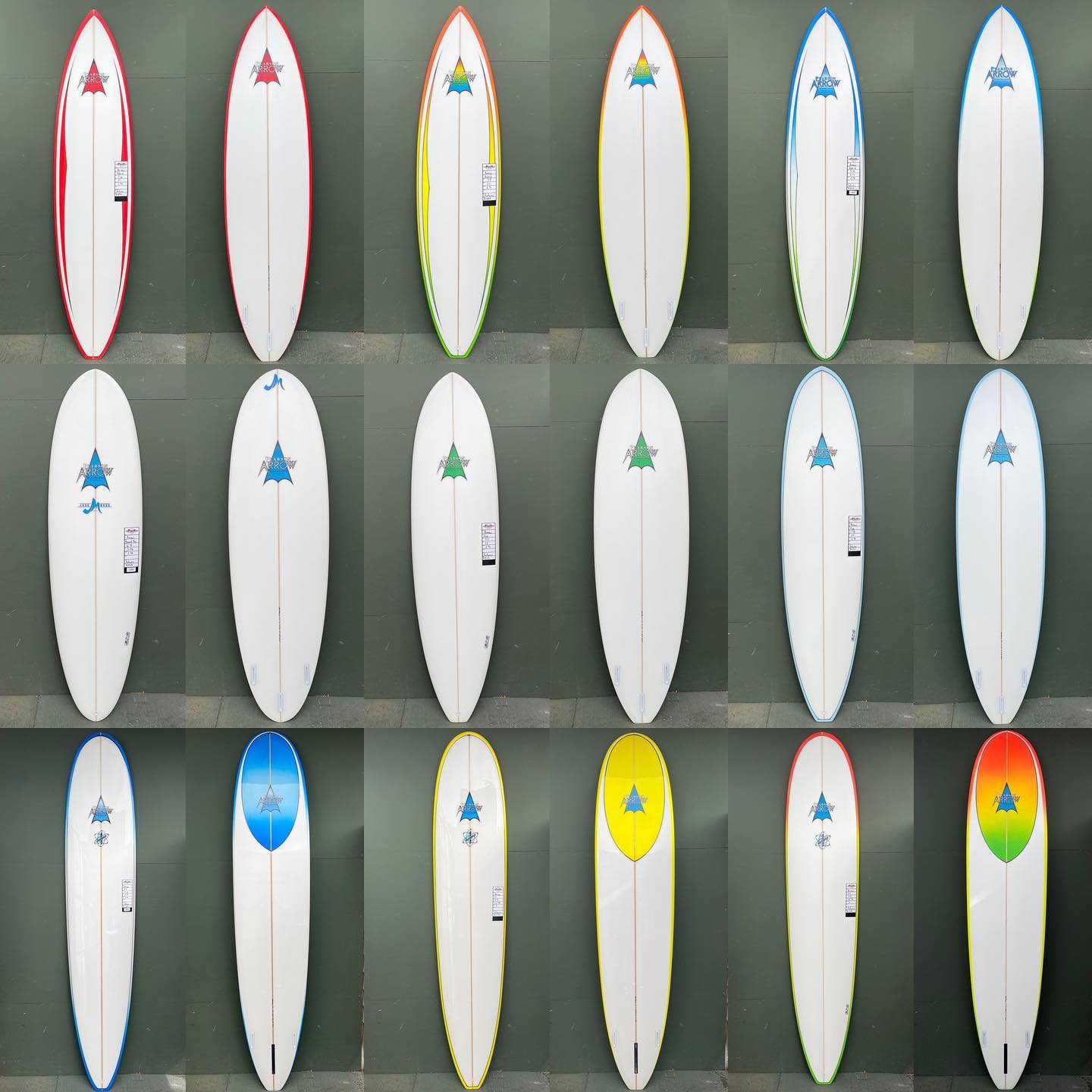Understanding Your Needs
What is your skill level?
-
Consider your surfing ability and experience when choosing a surfboard.
-
Beginners should look for a board with more volume and stability.
-
Intermediate and advanced surfers can opt for boards with less volume and more maneuverability.
-
Don’t overestimate your skill level and choose a board that’s too advanced for you.
-
Foam surfboards are ideal for beginners due to their buoyancy, stability, and ease of catching waves.
What are your height and weight?
Your height and weight are key factors in determining your surfboard size and volume.
Consider your body type and how it will affect your board’s performance, particularly in terms of board volume.
Use a volume calculator to determine your ideal surfboard volume based on your height and weight.
Surfboard Volume and Size
How to calculate your ideal surfboard volume
-
Use a volume calculator to determine your ideal surfboard volume based on your height, weight, and skill level.
-
Consider your surfing style and the type of waves you’ll be riding.
-
A high volume surfboard is ideal for beginners and those who want to catch more waves.
-
Higher board volume increases buoyancy, which directly impacts how well the board floats in the water.
Surfboard Types and Shapes
Longboards
-
Longboards are perfect for small to medium waves and are ideal for beginners.
-
They offer stability, easy paddle outs, and consistency in catching waves.
-
Longboards are also great for more experienced surfers who want to have fun in smaller waves.
Fun shape/fish style boards
-
Fun shape boards are great for beginners who want to transition to a shorter board.
-
They have a lot of stability and are easy to paddle.
-
Fish style boards are best for medium sized waves with a bit of steepness.
Shortboards
-
Shortboards are best for experienced surfers who want to progress to a shorter board.
-
They are thin, have a good amount of rocker, and are fast.
-
Shortboards are great for vertical surfing and barrel riding.
Wave Count and Surfboard Choice
How wave count affects your surfboard choice
-
Consider the wave count and type of waves you’ll be riding when choosing a surfboard.
-
A high volume surfboard is ideal for catching more waves in smaller surf.
-
A lower volume surfboard is better for bigger waves and more advanced surfing.
Surfboard Materials and Construction
Foam Boards: A Great Option for Beginners
-
A foam surfboard is a great option for beginners who want a soft and durable surfboard.
-
They offer more volume and stability, making them ideal for catching waves.
-
Foam boards are also a great option for those who want to surf in smaller waves.
Environmental Considerations: Eco-friendly Surfboard Options
As surfers, we have a responsibility to protect the environment that we love and enjoy. When choosing a surfboard, it’s essential to consider the environmental impact of your decision. Eco-friendly surfboard options are becoming increasingly popular, and for good reason. Here are some factors to consider:
-
Sustainable materials: Look for surfboards made from sustainable materials such as recycled foam, bamboo, or plant-based resins. These materials reduce the environmental footprint of your board.
-
Epoxy boards: Epoxy boards are a popular choice for eco-conscious surfers. They are made from a hard epoxy treatment that is more durable than traditional fiberglass boards and produces less waste.
-
Local production: Consider buying a surfboard from a local surf shop or shaper. This reduces carbon emissions from transportation and supports the local economy.
-
Second-hand boards: Buying a second-hand surfboard is a great way to reduce waste and give an old board a new life. It’s an eco-friendly option that also saves you money.
Fin Configuration and Surfboard Drive
Selecting the right fin configuration
-
Consider your surfing style and the type of waves you’ll be riding when choosing the right board and fin configuration.
-
A thruster fin setup is ideal for most surfers, offering stability and maneuverability.
-
A single fin setup is better for longboards and cruising.
Choosing the Right Surfboard for You
Matching your abilities to the perfect board
-
Consider your skill level, height, weight, and surfing style when choosing the size surfboard.
-
Don’t be afraid to ask for help from a local surf shop or a more experienced surfer.
-
Try out different boards to find the one that’s right for you.
Budget Considerations: How Your Budget Impacts Your Choice
Your budget plays a significant role in choosing the right surfboard. Here are some factors to consider:
-
Entry-level boards: If you’re a beginner, consider an entry-level board that is affordable and easy to handle. Foam boards are a great option for beginners and are often priced lower than fiberglass or epoxy boards.
-
Mid-range boards: If you’re an intermediate surfer, consider a mid-range board that offers a balance of performance and price. These boards are often made from a combination of materials and offer a range of features.
-
High-end boards: If you’re an advanced surfer, consider a high-end board that offers top-of-the-line performance and features. These boards are often made from high-quality materials and are priced accordingly.
Trying Out Different Boards
Rent or demo different boards to find the right one
-
Rent or demo different surfboards to find the one that’s right for you.
-
Try out different sizes, shapes, and materials to see what works best for you.
-
Don’t be afraid to ask for advice from a local surf shop or a more experienced surfer.
-
Consider trying a bigger board if you need better floatation and easier wave catching, especially if you have a larger body weight.
Additional Considerations
Surfboard Maintenance: Tips for Care and Longevity
Proper maintenance is essential to extend the life of your surfboard. Here are some tips for care and longevity:
-
Regular cleaning: Regularly clean your surfboard with a soft cloth and mild soap to remove dirt and wax. This helps maintain the board’s appearance and performance.
-
Waxing: Apply a new layer of wax to your surfboard regularly to provide traction and protection. This is especially important for maintaining grip while surfing.
-
Storage: Store your surfboard in a cool, dry place away from direct sunlight. Prolonged exposure to sunlight can damage the board’s materials.
-
Repair: Regularly inspect your surfboard for dings and dents and repair them promptly to prevent further damage. Small repairs can prevent bigger issues down the line.
Local Surf Conditions: Tailoring Your Choice to Your Environment
The local surf conditions play a significant role in choosing the right surfboard. Here are some factors to consider:
-
Wave size and type: Consider the size and type of waves you’ll be surfing. If you’re surfing small waves, a foam board or funboard may be a good choice. If you’re surfing bigger waves, a high-performance board may be more suitable.
-
Water temperature: Consider the water temperature in your local surf spot. If the water is cold, a wetsuit and booties may be necessary to keep you warm and comfortable.
-
Surf style: Consider your surf style and the type of surfing you’ll be doing. If you’re a beginner, a soft-top board may be a good choice. If you’re an advanced surfer, a high-performance board may be more suitable.
By considering these factors, you can choose a surfboard that is perfectly suited to your local surf conditions and your personal preferences.





